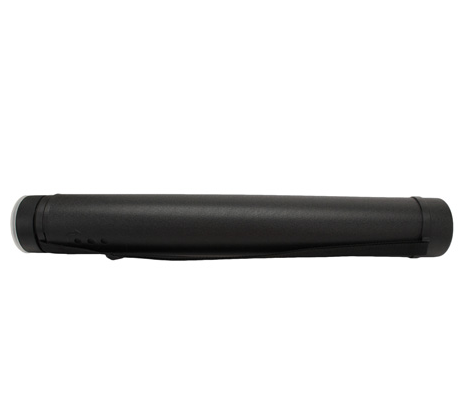Years ago, I was fishing the Cardiac Canyon stretch of the Henry’s Fork over Father’s Day weekend, thanks to the able boatmanship of well-known guide Rod Patch. I’d never fished this stretch before, but rod put me and my fishing partner on fat and happy Henry’s Fork rainbows all day. It was epic.
Rod set me up with a really long leader — usually my downfall when nymph fishing. At the top, he put a high-floating indicator and dropped a giant Girdle Bug about five feet below.
“Now, before you ask, you’re not going to expected to cast this from the boat,” he said, anticipating my question about the leader, which I’m guessing was 15 feet long. Instead, as he demonstrated, he’d bounce the boat slowly through deep runs, and we’d simply let the rig float over fishy water. When we got to the end our drift, we’d use the friction created from the river below us, and simply flip the whole outfit back upstream for another drift. It was brilliant, and it’s my go-to set-up for nymphing the Henry’s Fork today.
At the end of the day, I took a closer look at the new-at-the-time “indicator” Patch was using, and I asked about it.
“Whatever you do, don’t start calling it a ‘strike indicator!'” he exclaimed. “If you call it that, they’ll start charging $5 for it. Call it a bobber. It’ll be cheap forever if you call it a bobber.”
It was a lesson I tucked away. Fly-fishing gear and tackle is pricey. It’s just the way it works. Regular old fishing gear is pretty affordable, if you can find something that works just as well (or even better). And hunting gear? Man, the stuff for hunters that has the potential to serve us fly fishers is downright cheap.
I have a fishing buddy who showed up recently for a quick, last-trip-of-the-season to Yellowstone the other day with a Plano arrow tube for bow hunters. In it, she had room for four or maybe even five fly rods in their protective socks. And it was adjustable—it’s length could vary to accomodate a three-piece 3-weight while still holding a four-piece 5-weight, and I’m sure there was room to spare for at least two other rods.
“How much was that thing?” I asked, intrigued at the crossover use of a piece of hunting gear.
“I got it for $10 on sale,” she said.
I took a good look at it, and noted that it might be ideal for checking fly rods as luggage—it’s a just a tube of thin plastic, but not high-density PVC. But to store a handful of rods in the truck en route to the river? Perfect.
“Whatever you do,” I told her, “don’t start calling it a fly-rod holder. At least not until after I go buy a couple.”
— Chris Hunt



